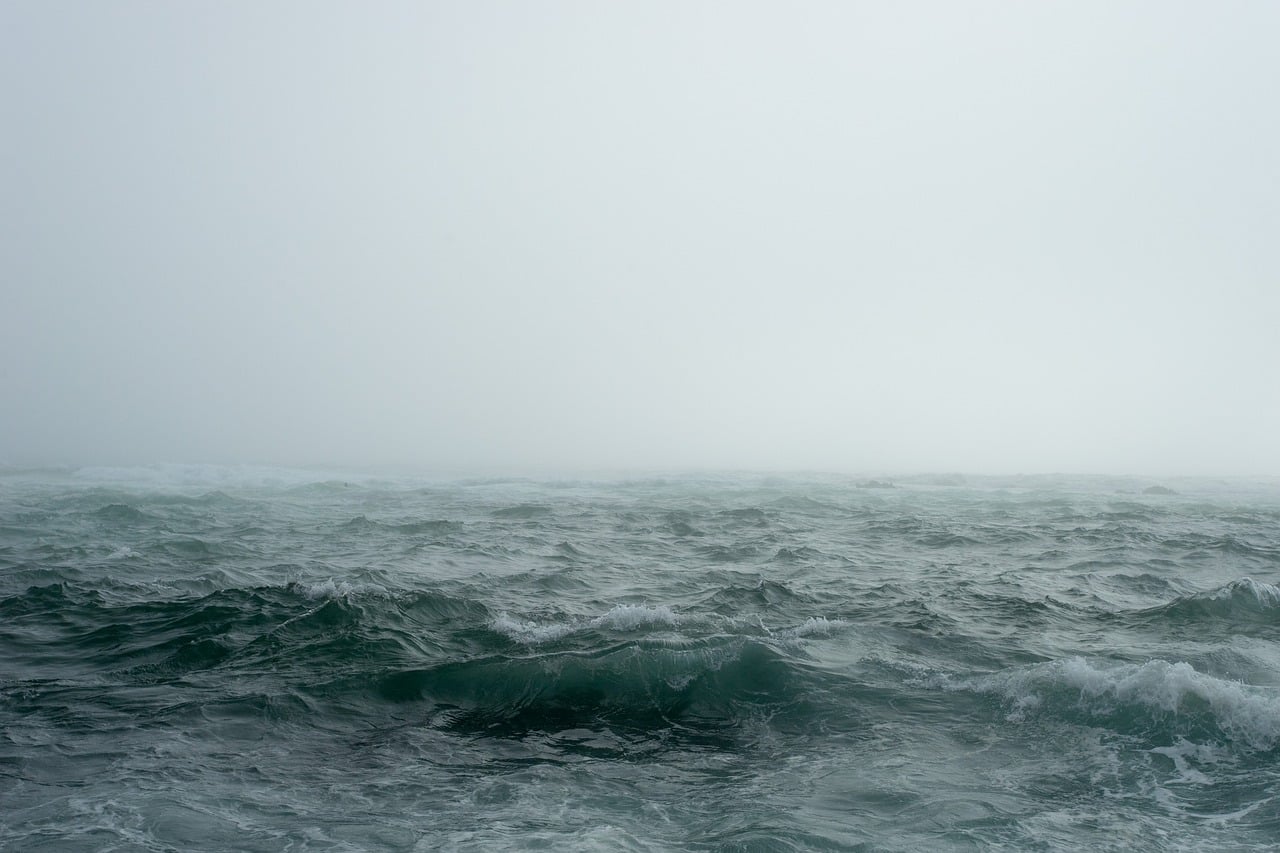
The territorial sea is that in which a given State can fully exercise sovereignty.
The territorial sea is the oceanic strip that is attached to the coast and extends out to sea up to 12 nautical miles (about 22.2 kilometers). In said sector of the ocean , a certain State can carry out the full exercise of sovereignty.
In this way, a government has the same powers over the territorial sea as over its land surface or its internal waters.
Origins of the notion of territorial sea
The legal question of the territorial sea, also known as jurisdictional waters , dates back to the 17th century . The Dutch jurist Hugo Grotius , based on Roman law , stated that the seas could not be appropriated since, due to their characteristics, they are not susceptible to occupation like lands. Grotius , therefore, proposed the so-called freedom of the seas.
Later, his compatriot Cornelius van Bynkershoek proclaimed that the sea off a nation's coast should be within its sovereignty . The extension of this marine sector was set at 3 nautical miles, taking into account the range of cannon shots. Thus, the territorial sea was linked to the power of each country to control said waters.
Only in the 20th century was the territorial sea established as the strip of twelve nautical miles, given the need for States to take care of their fishing assets and control maritime pollution.

The territorial sea extends from the coast to 12 nautical miles offshore.
Lines to consider
In this sense, it is important that we emphasize that the delimitation of the territorial sea is made taking into account two fundamental lines. The first of them is what is known as the normal baseline and is defined as the one that follows the layout of a coast in question at low tide.
The second is what, in turn, is called the straight baseline . This name includes the drawing of straight lines that join the determined reference points of the coast, in the event that it has a series of deep openings.
To all of the above we have to add that these two aforementioned lines are fundamental to differentiate and establish what the aforementioned territorial sea is and what the internal waters are. The latter are those that are delimited between the land territory and the beginning of that aforementioned sea, which means that both bays, ports and estuaries are considered of this type.
But they are not the only classifications or delimitations that are made at sea. In this way, starting from an order that would go from the land itself to the most distant waters from it, we find the internal waters, the territorial sea, the contiguous zone, the exclusive economic zone, the continental shelf and finally the high seas. .
Conflicts around the territorial sea
Finally, just underline that in this area of the territorial sea the State in question will have power over fishing, police, customs and health matters.
Several countries, however, claim a territorial sea of more than twelve nautical miles, such as Chile , El Salvador , Peru , Togo and the Philippines , among others. These cases are presented to the UN so that the international community is responsible for addressing the issue.
